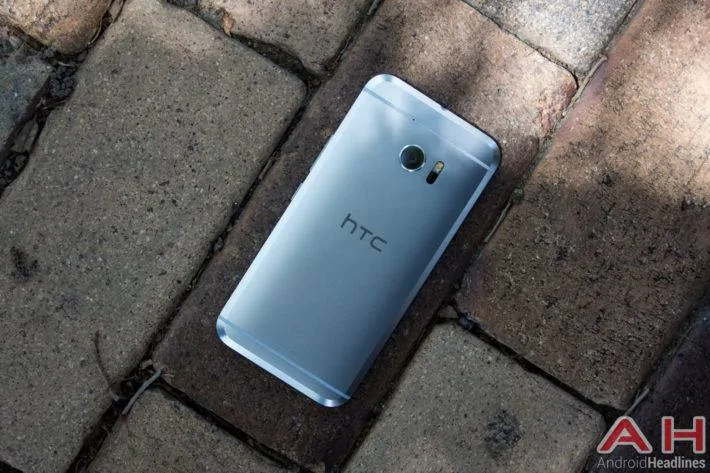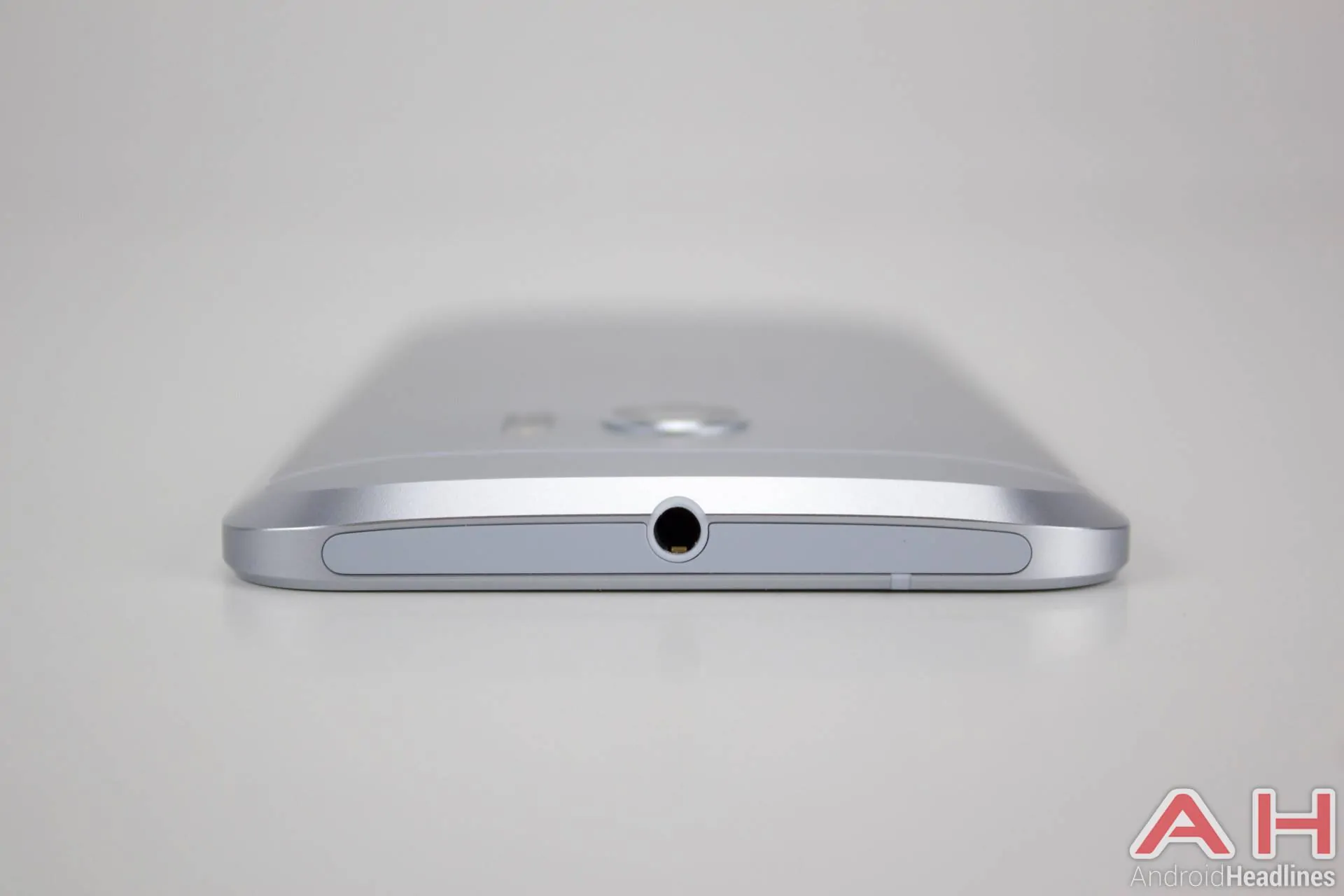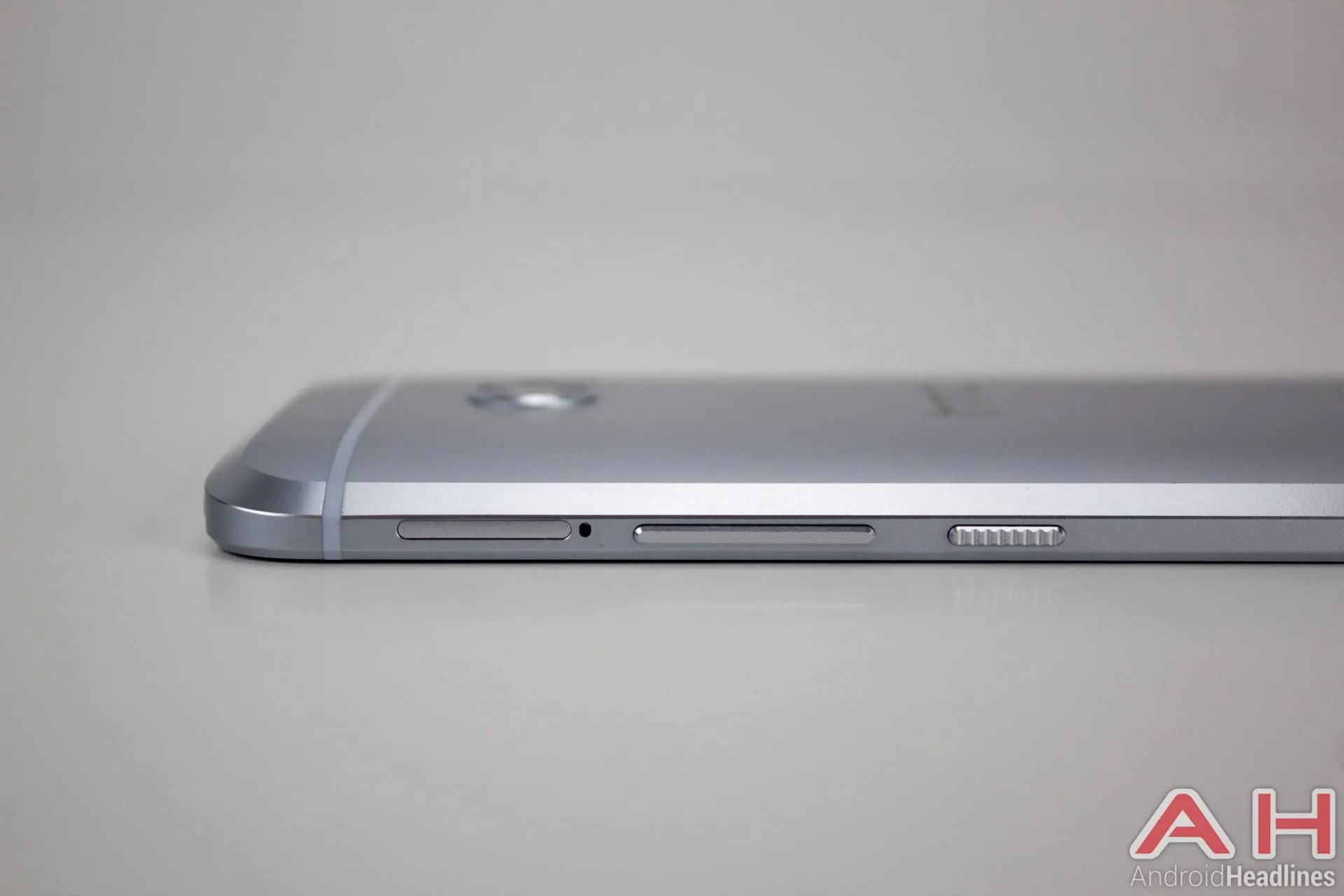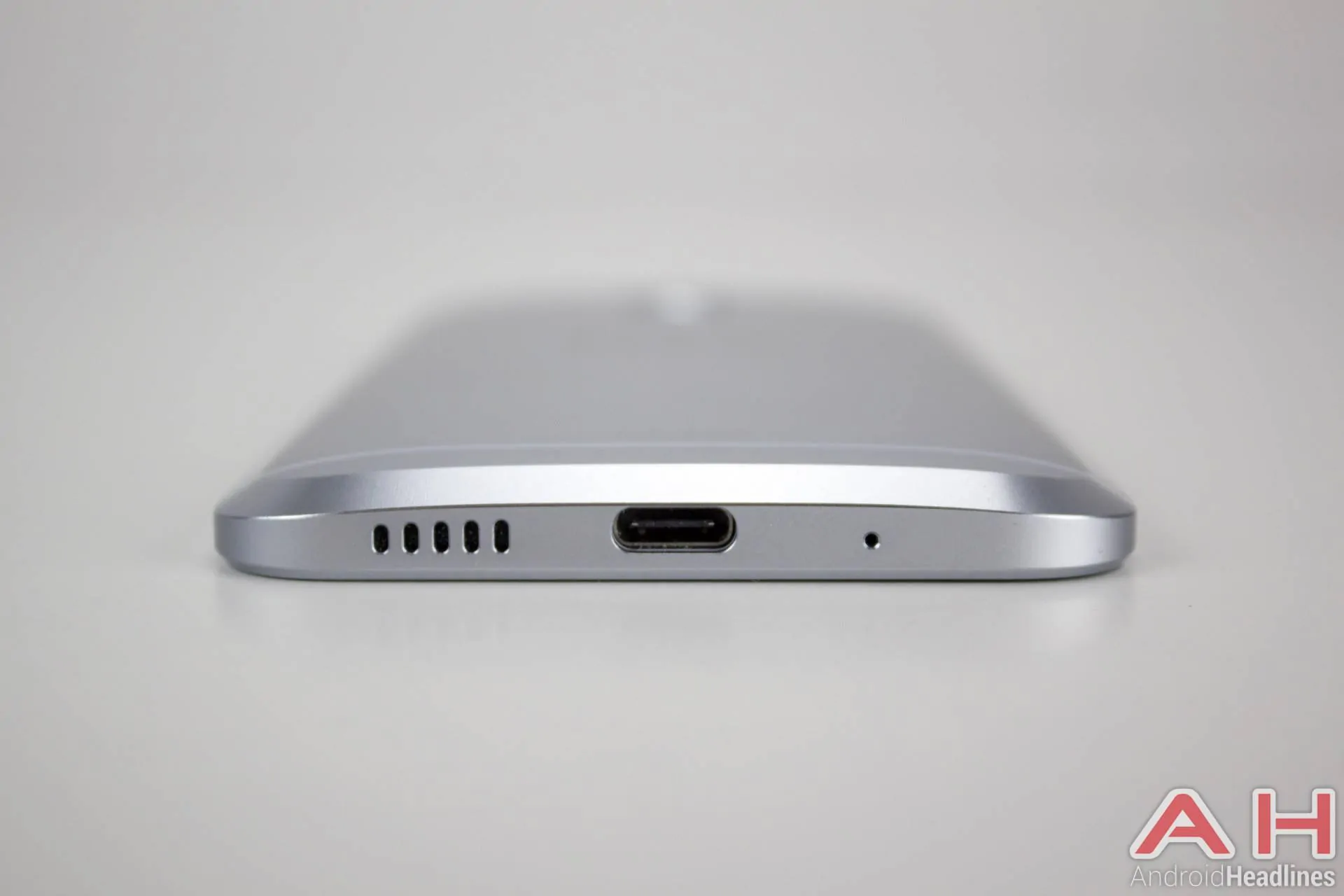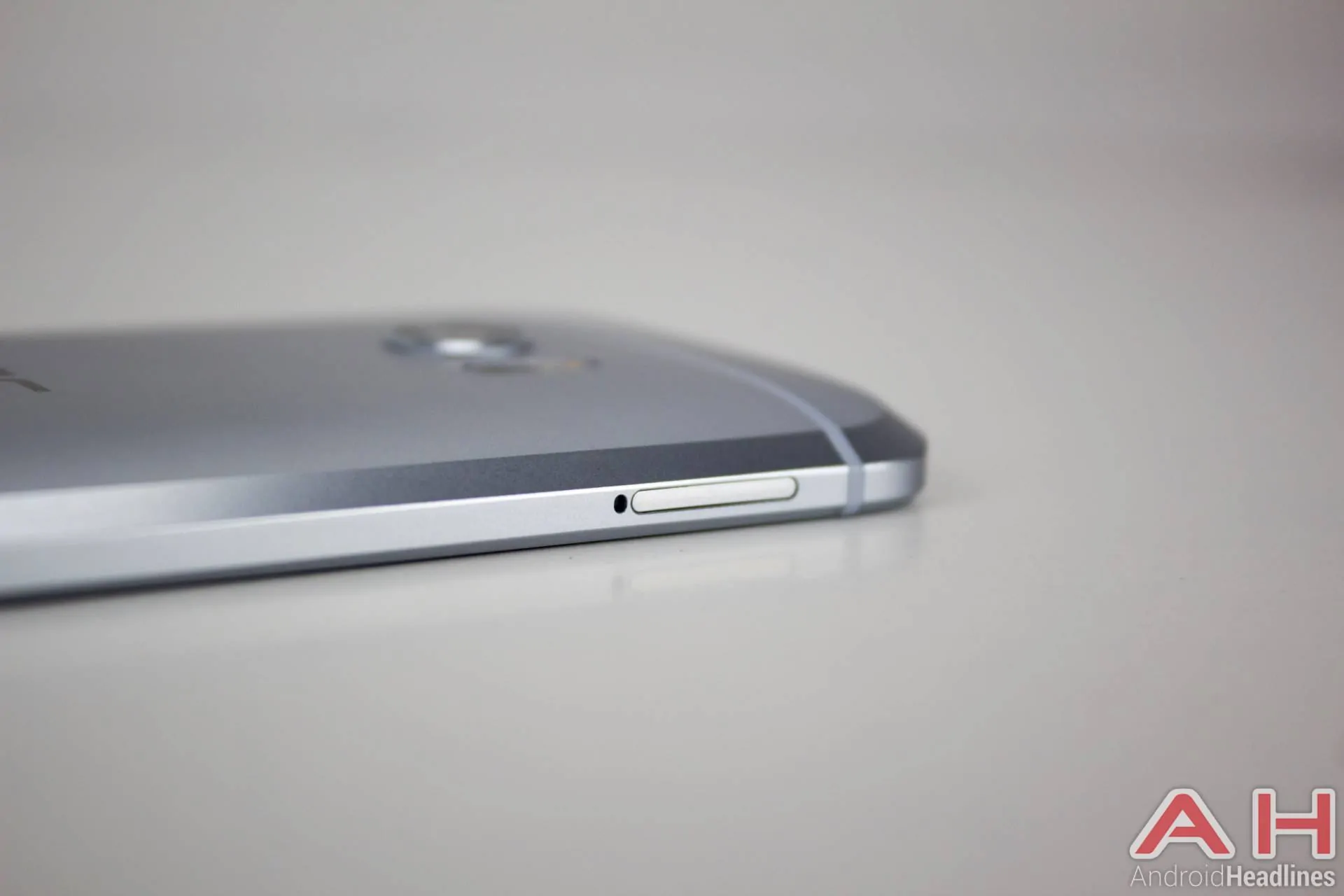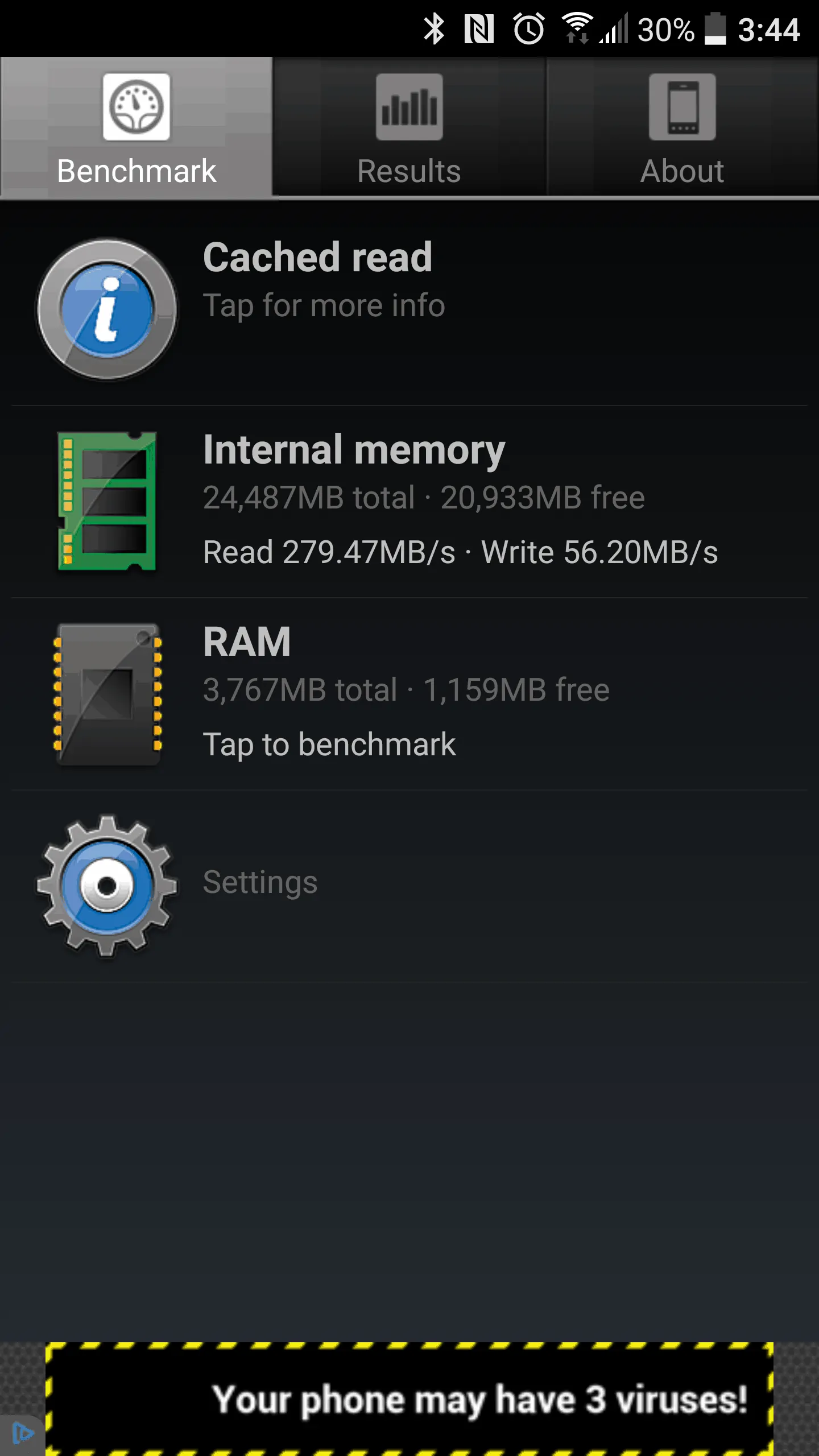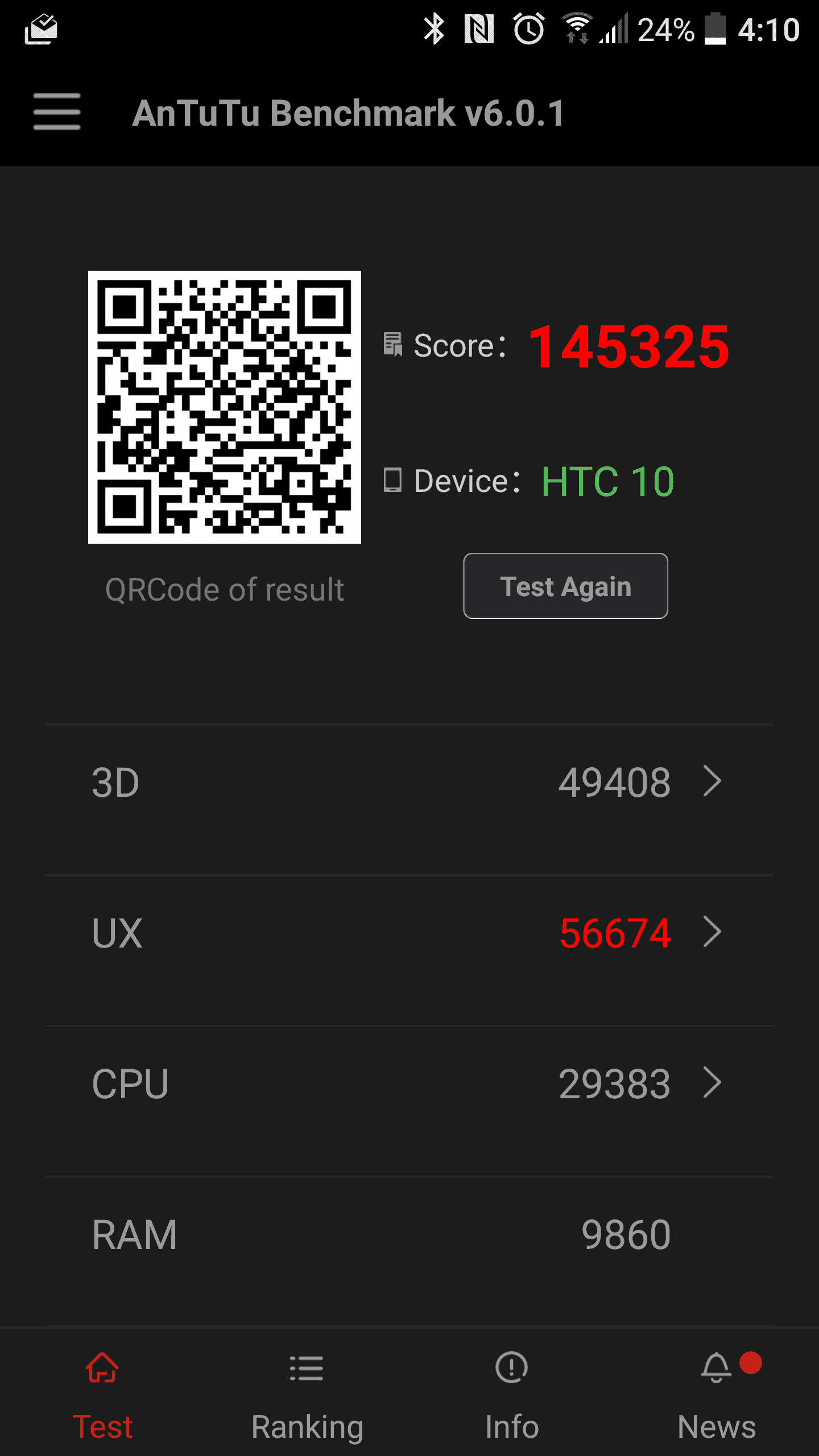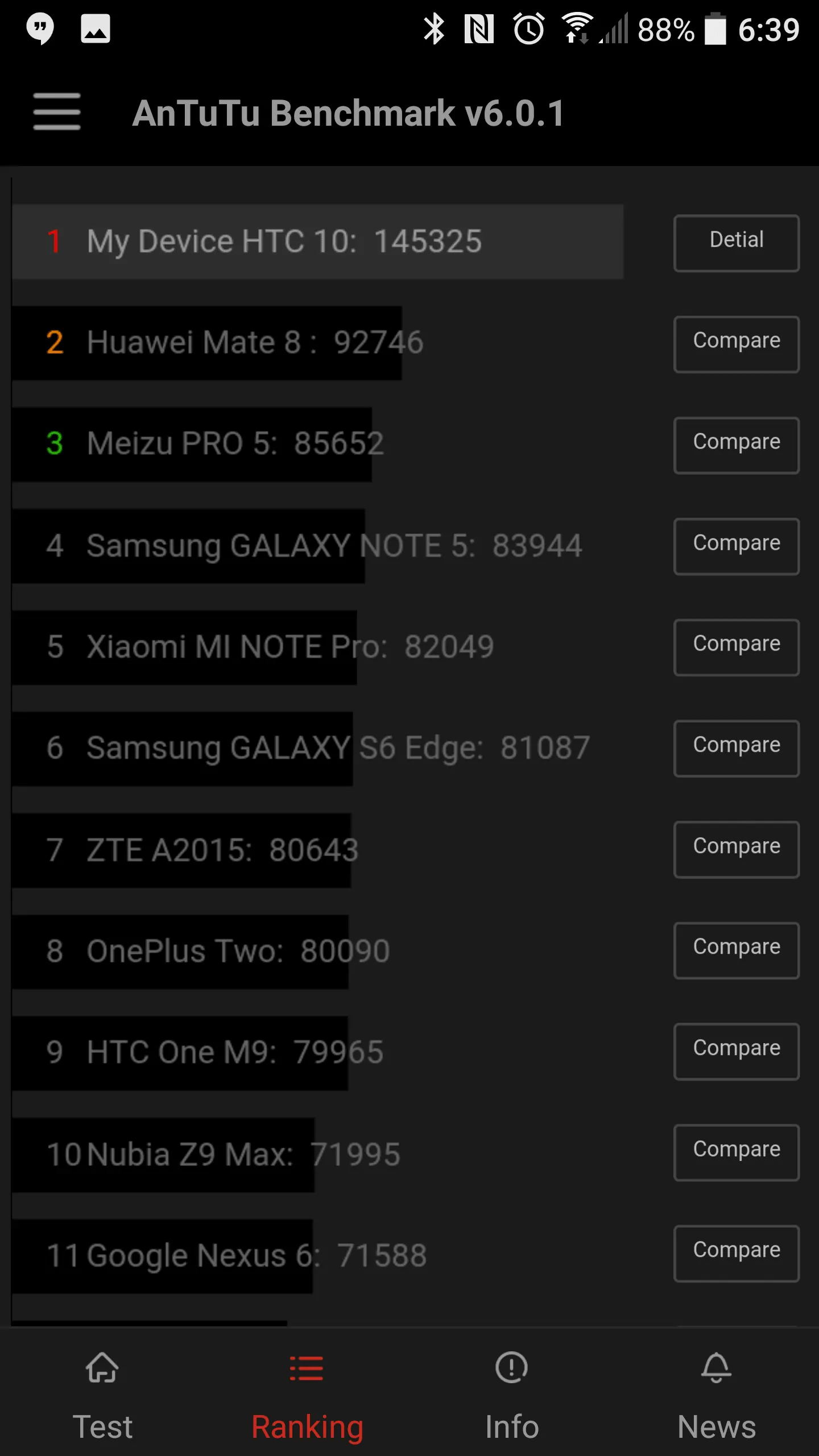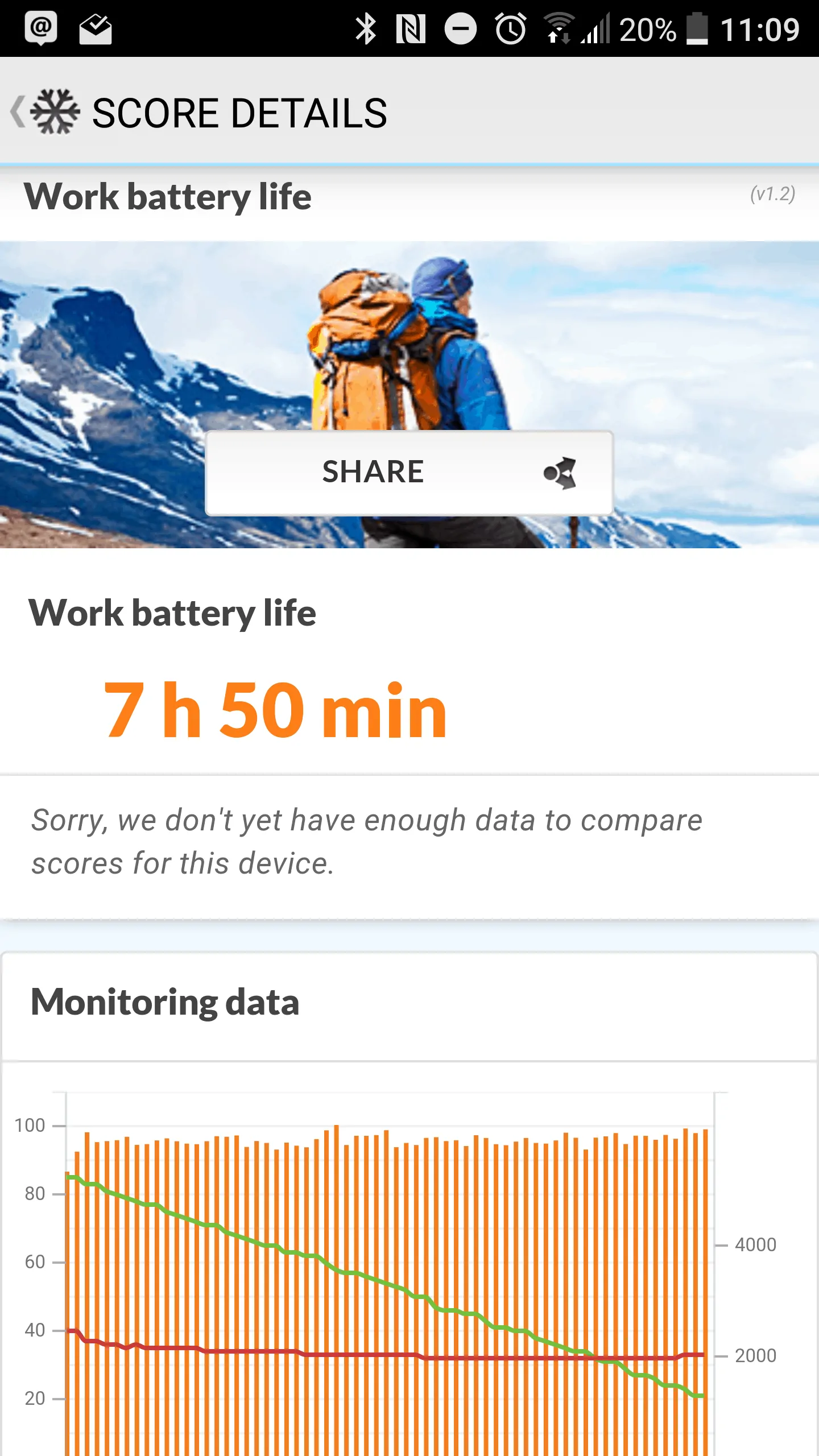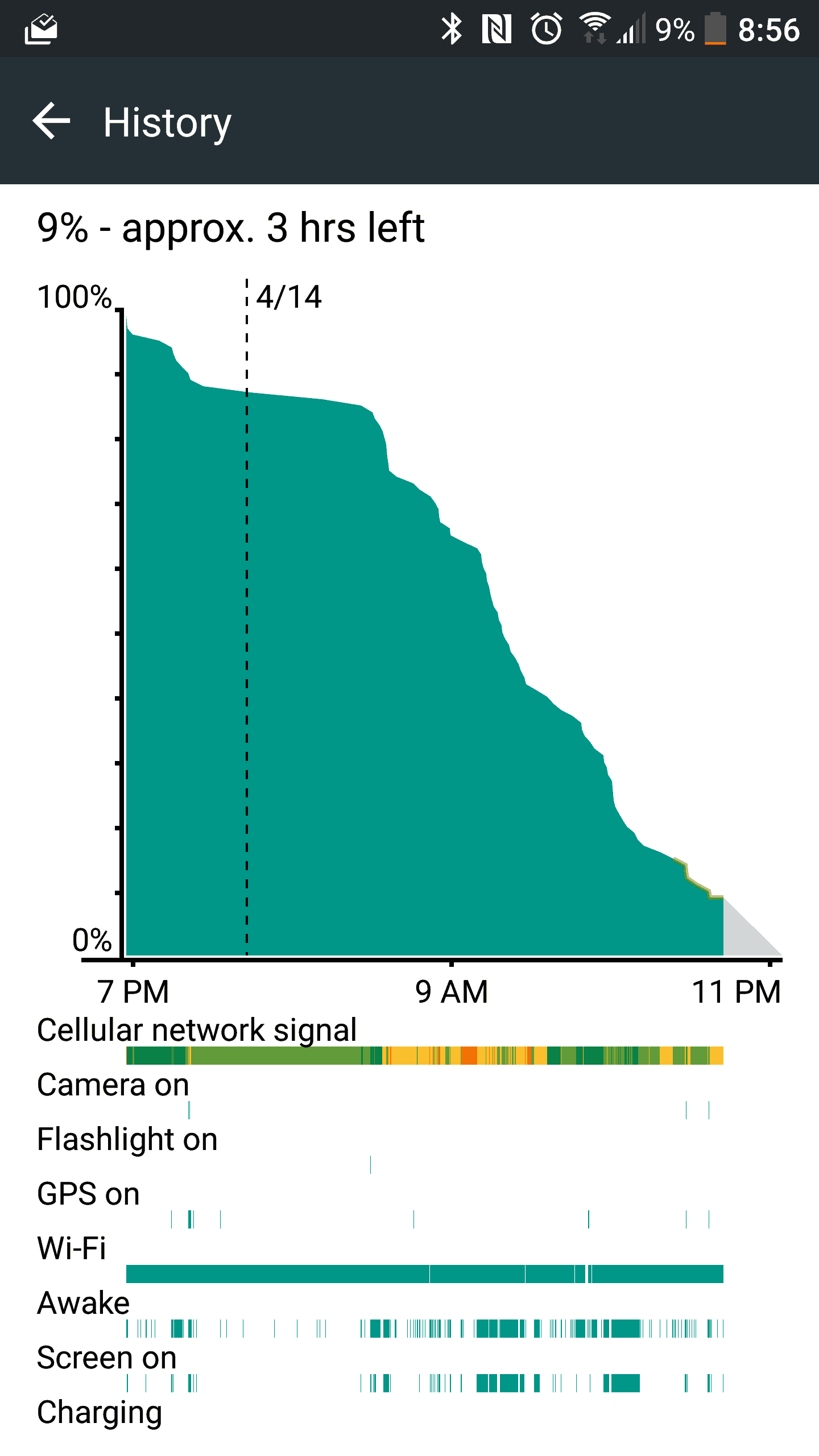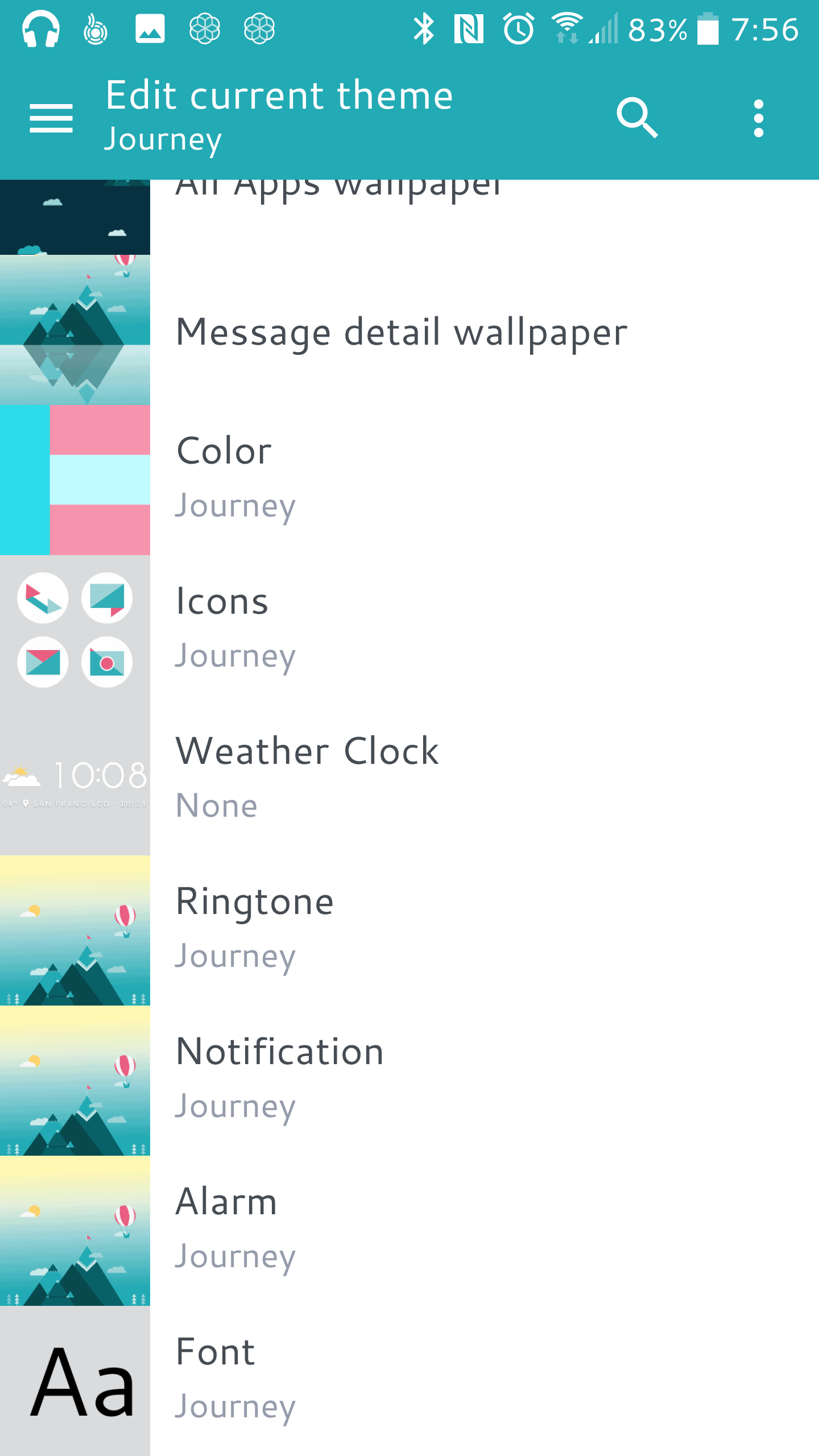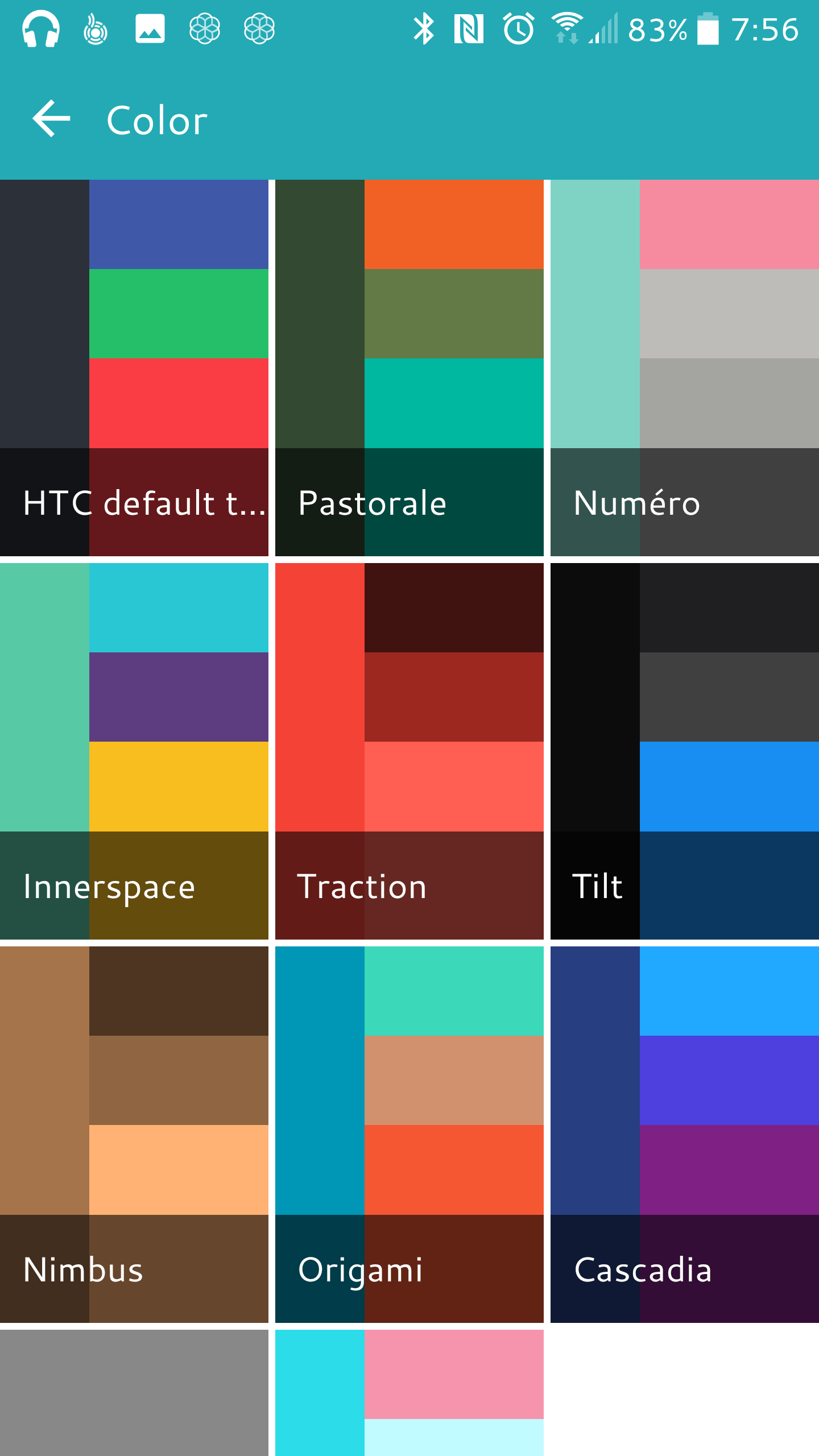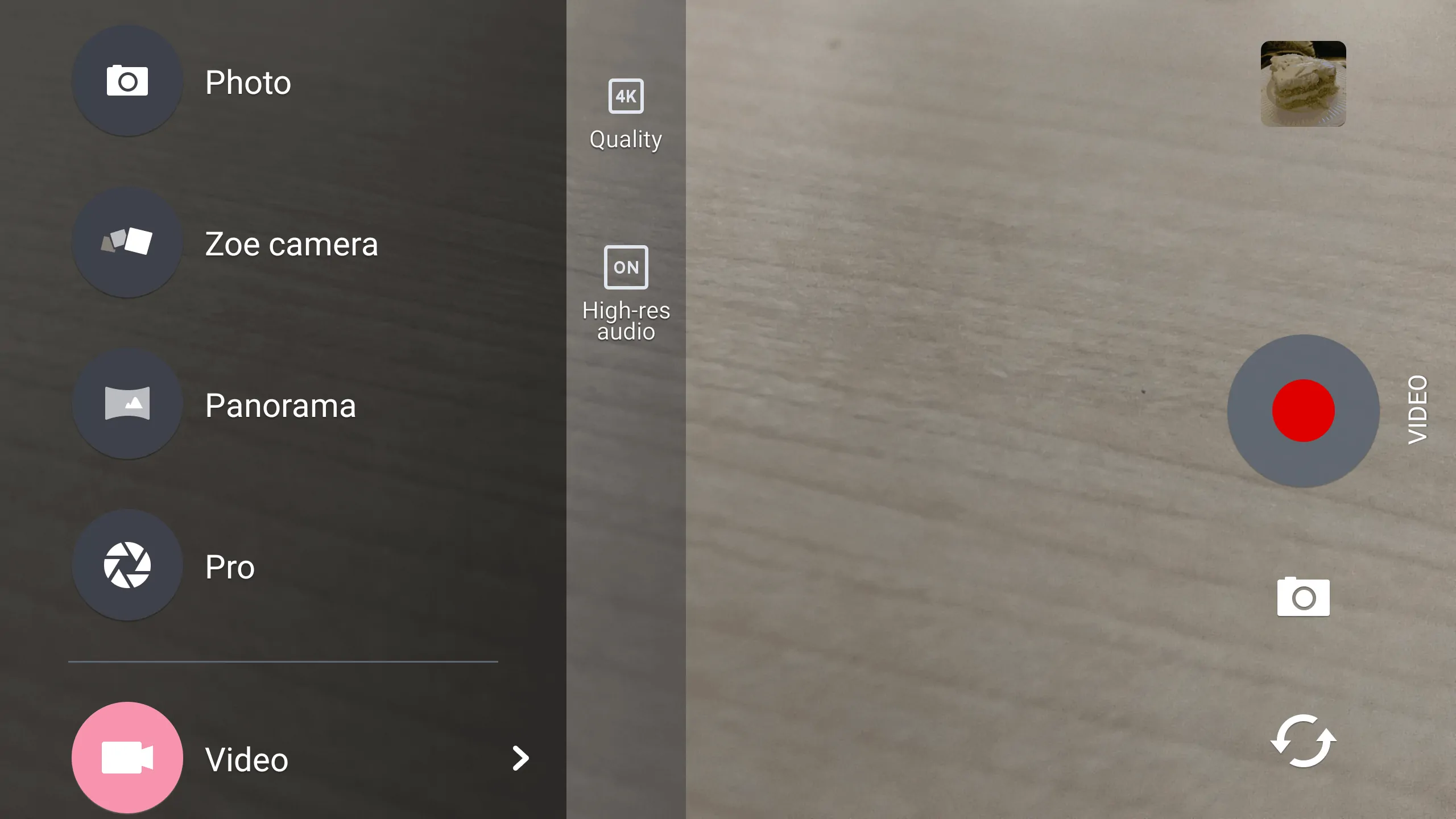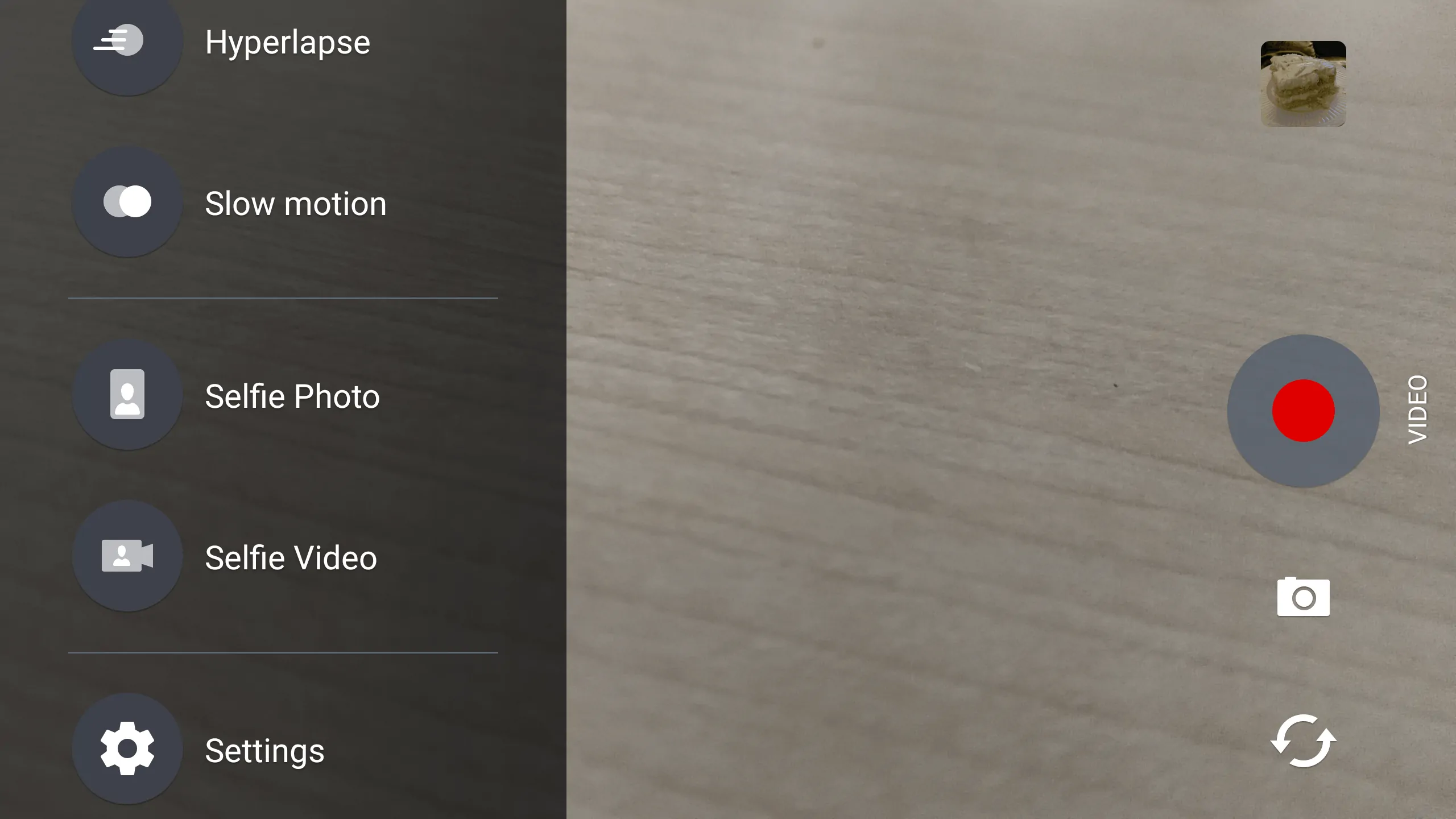In its storied history as an Android smartphone manufacturer, HTC has been the first one to the market with a number of different ideas and technologies. They were the first OEM to release an Android phone, the first to create a metal unibody design, the first with curved backs, the first android OEM to focus on larger pixels in a camera sensor, and the first to truly push into uncharted levels of sound quality with its front facing BoomSound speakers. Years later we have the HTC 10, a child of time and a battered manufacturer who’s certainly seen better financial days. Are they the first to craft a truly perfect phone? Let’s see if the name 10 lives up to what it implies: perfection.
Specs
The spec list certainly looks like a perfect 10 for HTC in early 2016 here, and exhibits much of the best of what mobile tech can offer right now. HTC is sticking with its tried and true LCD technology for the display here, employing a 5.2-inch Super LCD 5 with Quad-HD resolution and Gorilla Glass 4 keeping things safe. Underneath the hood sits a Snapdragon 820, which is made up of a dual-core 2.15GHz Kryo CPU paired with a dual-core 1.6GHz Kryo CPU, as well as an Adreno 530 GPU inside for graphics. 4GB of RAM powers the multi-tasking experience, and the 32GB or 64GB of internal storage is so fast it meets the Sandisk EPIC standard. If that’s not enough storage there’s support for up to a 2TB microSD card here inside of a dedicated slot.
On the front sits a 5-megapixel camera with f/1.8 lens and a sensor with optical image stabilization (OIS) as well as 1.34-micron sized pixels for better low light photos. The rear-facing camera is a 12-megapixel sensor with 1.5-micron sized pixels, an f/1.8 lens and OIS as well as dual-LED flash and laser autofocus. The audio hardware inside supports up to 24-bit high-res audio via the 3.5mm headset jack, and the apt-X codec for high quality 16-bit Bluetooth audio. WiFi 802.11 b/g/n/a/ac and dual-band 2.4GHz or 5GHz support is here too, not to mention Bluetooth 4.2 support as well. You’ll also find a USB Type-C port, 3,000mAh non-removable battery and Qualcomm QuickCharge 3.0 support here. The device runs Android 6.0.1 Marshmallow with HTC’s latest Sense UI on top, and measures 145.9mm high by 71.9mm wide and 9mm thick. The curved body design means the edges are a mere 3mm thin, and the whole package weighs a slightly above average 161 grams all while retailing for $699 unlocked.
In The Box
The North American and International models differ in a couple of respects, but one of the biggest ways is what’s included in the box. All North American models seem to ship with the following contents in the box: phone, SIM eject tool, QuickCharge 3.0 charger, USB Type-C to Type-A cable and a set of manuals. US customers actually also get the HTC Uh-Oh protection, which includes one free replacement of your HTC 10 if you drop it and break the screen, or somehow land the device in water for longer than a few splashes. This is an incredible value that simply cannot be overlooked, as that $700 price tag means the addition of free insurance for US customers with no deductible when purchased through HTC.com. International customers get the addition of a pair of high-resolution capable headphones.
Display and Touch
HTC and LG remain two of the biggest players still using LCD, and it’s apparent at least from HTC’s standpoint that they’re trying to mimic the results an AMOLED display brings to the table. Out of the box the display on the HTC 10 is ultra saturated and has the contrast jacked up quite a bit. This creates an incredibly beautiful and stark looking display that will certainly make you say wow at first, but is of course anything but realistic. Personally I love a vibrant display on my mobile device, but those who aren’t crazy about this ultra colorful look can head over to display settings where sRGB mode can be selected. When looking at the display straight on it’s ever so slightly cool, but any tilting will result in a white balance shift towards a warmer palette. This is a little odd looking to say the least, but if you want to adjust the regular white balance you can also do this under display settings.
Outside of the odd color panel shift the display only dims a bit when looking at it from an angle, so viewing angles aren’t great but they’re not bad either. Refresh rate is pretty poor compared to displays on other flagships, and there’s some very noticeable ghosting when scrolling or moving through elements on the screen, particularly when these are high contrast black or white elements like text. Black levels are quite good for an LCD but will always be inherently a darker shade of gray than black thanks to how backlighting on LCD/LED displays works. Brightness levels are phenomenal to say the least, and it’s not a problem at all to both see this perfectly in direct sunlight, as well as the ability to get nice and dim for dark room reading.
As expected, the digitizer is absolutely top notch too, and responds to even the lightest of touches. Multi-touch responsiveness is perfect, and if you so choose all 10 of your digits can be pressed on the screen at once, with accuracy to the fraction of a millimeter. You’ll be typing lightning fast on this phone without a doubt, I never saw a missed key or ghost swipe when typing extra fast as some phones exhibit. The HTC 10 also features Glove Mode, a way of making the digitizer hyper responsive and therefore usable even with those pesky winter gloves on. This is a feature that neither the Galaxy S7, Galaxy S7 Edge or LG G5 have and is a notable difference worth taking a look at if you live in a climate where gloves are required at any time during the year.
Hardware and Build
HTC has always been a company that’s been focused on quality design and manufacturing, even when the biggest of players were still using cheap plastic and other cost-saving materials. HTC even beat Apple to the punch on a number of different design and manufacturing fronts, including a metal unibody design and plenty of other phones with metal features long before Apple’s iconic metal design came into fruition. As such the company has absolutely perfected the design and manufacturing of smartphone hardware, and the HTC 10 is the product of years of refinement and attention to detail. This is absolutely the best built phone on the market, bar none, and quite possibly one of the most beautiful too. In addition to that it actually looks like an HTC phone rather than an Apple clone, something plenty of other OEMs can’t say and something that wasn’t true of the HTC A9 last fall.
This time around the metal unibody extends all the way up to the face of the phone, right up to the hard edge of the screen. This creates a solid shell that wraps completely around all sides and the back of the phone, and features a stunning set of curves and chamfers that are as stunning to hold as to behold. HTC is using a much larger chamfered edge on the back this time too, making the curve even more pronounced and comfortable when holding. At its thickest point in the middle of the back the HTC 10 is 9mm thick, while the edges are a mere 3mm. While this means the phone will rock on the desk when you place it down, it’s arguably one of the most comfortable phones I’ve ever held. The build is so incredibly solid too that it lends a higher quality feel than other metal phones out there too. This phone is a labor of love and it really feels like it.
The slight camera hump on the back is my only worry and annoyance, as it causes the phone to not lie flat when placed on a table. During the announcement of the HTC 10 the company touted just how tough the phone is, citing the many drop tests and stress tests performed on the phone over the development process. In fact I dropped the phone from a height of about 5 feet straight onto the concrete on accident at one point during the review process, and of course was obviously afraid of what the device would look like when I picked it up. Amazingly the device wasn’t broken or cracked, it wasn’t even scratched or scuffed! There’s no guarantee this would happen every time the phone is dropped, especially on concrete, but it’s worth noting that such a fall would break the vast majority of phones out there, metal or not.
On the right side of the phone you’ll find a pair of beautifully crafted buttons that have a fantastic solid click to them. The power button is situated right at the mid-point on the right and features a nice toothy grip texture to it, while the volume rocker sits just overhead and is smooth. Above that is the microSD card slot, while the Nano-SIM card tray is located on the left side of the phone at the same height. Moving to the bottom you’ll find a perfectly centered USB Type-C port, a nice change from other HTC devices out there with weird side ports and uncentered power ports. To its right is a single speaker, while on its left sits a microphone. Up top is a centered 3.5mm headset jack surrounded by the only area of plastic on the device, made specifically for the antennas and other wireless equipment. The back holds the moderately sized circular lens and to its right a pair of dual-LED flash modules and the laser autofocus module. The front holds the oblong capacitive home button, which also doubles as a fingerprint scanner. To its left is a back button while the Overview multi-tasking button sits on the right, all of which are capacitive touch buttons.
Performance and Memory
It’s been a very, very long time since we’ve seen any kind of performance issues on an HTC phone, and the HTC 10 is no exception. In fact you’ll find that the HTC 10 is generally just a tad faster than other Snapdragon 820 devices out there, likely the cause of some optimizing on HTC’s part in their Sense UI Android skin. Having internal storage that meets SanDisk’s EPIC standards of data transfer speeds helps things a lot too, and keeps responsiveness and loading times to a minimum no matter what you’re doing. Everything responds instantly, and it’s pretty hard to imagine smartphones getting any faster or more responsive than this. That also extends to gaming where games all run at more or less perfect framerates, all of which is happening on a Quad-HD display that’s likely a higher-resolution than your TV.
Multi-tasking performance is equally impressive, and is easy to access thanks to that dedicated Overview button to the right of the home button. This overview screen looks nearly identical to the stock version, which is a big plus for one-handed use and is just generally easier to use, as it displays nice large thumbnails of each app complete with colored status bars and clear icons and names for each app. HTC has also added a clear all button on the bottom for closing all open apps if you so desire. I never had the phone close any app no matter how many I had though, and actually found myself navigating all the way back to the initial setup screen at the top of the list and the last setting I chose was still staring back at me. This is what 4GB of RAM should feel like on a phone, and it’s probably the best multi-tasking experience I can think of ever having on any smartphone.
Benchmarks
The benchmark results we saw on the HTC 10 are a really interesting mix. It’s faster than every other phone out there on AnTuTu v6 and GeekBench 3, however it’s on-par or just a hair slower than some other Snapdragon 820-powered phones on the dual 3DMark benchmarks we run on every phone. See all the results below.
Phone Calls and Network
The HTC 10 follows the trend of unlocked phones lately that theoretically cover all available spectrum worldwide. Our review unit is the unlocked model directly from HTC, and out of the box has presets for every GSM carrier in the entire US including AT&T and T-Mobile. There are Sprint and Verizon models for customers of those carriers, and putting a Verizon SIM card inside our unlocked HTC 10 actually gave me a signal and data for a few minutes before I got kicked off Verizon’s network. It’s possible that with some proper registration on Verizon’s towers that the HTC 10 could work with any carrier no matter where you bought it from, but this functionality isn’t advertised and results will definitely vary depending on where you live. Either way it supports a swath of spectrum that’s likely to cover just about any carrier in the US, and the international model supports the same variety of spectrum for carriers worldwide.
Call quality and signal strength was nothing short of excellent, and I found that WiFi signal strength in particular was even better than my laptop got. Dual-band WiFi support is also here and is very welcome for those newer 5GHz hotspots out there. Carrier signal strength was nothing short of excellent too, and I noticed an additional bar in places where T-Mobile’s LTE signal can sometimes have a hard time reaching. If you’re having a hard time getting a good signal in places the HTC 10 fully supports WiFi calling on carriers that have the option like T-Mobile. There’s also advanced Voice over LTE support here as well for enhanced clarity and background noise cancellation. Check out the full list of all supported bands below:
US Model:
2G: 850, 900, 1800, 1900 MHz
CDMA: 800, 1900 MHz
3G HSPA: 850, 900, 1900, 2100 MHz
4G LTE Bands: 1, 2, 3, 4, 5, 7, 12, 13, 17, 20, 28, 29, 30
International Model:
2G: 850, 900, 1800, 1900 MHz
3G HSPA: 850, 900, 1900, 2100 MHz
4G LTE Bands: 1, 3, 5, 7, 8, 20, 28, 38, 40, 41
Battery Life
Android 6.0 Marshmallow introduced a new feature called Doze, which works in conjunction with your phone’s sensors to determine when your phone is placed on a flat surface. During this time it puts apps in a deep sleep, keeping them from draining the battery when the phone isn’t in use. In practice this feature only works well on some phones, and thankfully enough the HTC 10 uses it to some great advantage. Standby time on the HTC 10 is phenomenal, going hours at a time and only losing a handful of percentage points. Leaving it overnight, for instance, showed only a 3% drop on most occasions, and similar results can be seen in the battery graph throughout the day when the phone is just sitting on my desk or a table.
Regular use battery life is just as impressive too, and I easily got through a day and a half on a single charge with over 5 hours of screen on time. This is excellent news for power users that are on their phone constantly throughout the day. YouTube addicts and mobile gamers will find that they should be able to get between 7 and 8 hours of screen on time during epicly long sessions, but those types of sessions are going to require a charge after such a usage. Thankfully there’s Qualcomm QuickCharge 3.0 here too, which charges the phone from 0 – 80% in just half an hour. That’s an insanely fast rate that anyone will come to love, especially if you need a quick charge to get through the rest of the day (or maybe the next)! Check out the PCMark battery benchmark above as well as some examples of battery life we experienced to get a full idea of what you can expect from the HTC 10.
Sound
HTC has long been associated with high quality audio and absolutely nothing has changed here with the HTC 10. Beats Audio came from the HTC labs and while Beats hasn’t been with HTC for a while, the BoomSound pedigree has stuck with HTC since those beginnings. The most obvious thing that’s gone in this flagship are the front-facing speakers HTC became so famous for. These made the phone taller but ultimately delivered the absolute best sound on the market, hands down. They are definitely missed but thankfully HTC has come up with a great solution combining of a tweeter (the top earpiece) and a woofer (the bottom speaker) which get just as loud and sound almost as good. You’ll definitely miss them on those marathon sessions or for music listening though, as the speaker sounds great but just not nearly as good as those front-facing BoomSound speakers were.
It’s also incredibly loud too and doesn’t vibrate even at max volume, showing the quality HTC put into this speaker setup. You’ve also got a few choices for BoomSound enhancement for the speaker as well, which is toggled via the notification that appears in the notification shade when playing audio. The biggest downsides to this placement are the fact that the sound still travels away from you when looking at the phone, and ease of blocking a bottom facing speaker with your finger while holding the phone, especially when one-handing the phone. This is annoying but isn’t the end of the world.
Sound output via the 3.5mm headset jack is nothing short of magical though, and is easily the single best sounding output I’ve ever heard out of a phone. Everything is incredibly well balanced and crystal clear, with deep bass and clean highs. Dolby enhanced sound output helps things as well, but can be toggled off if you don’t like it. There’s no advanced equalizer here but I never felt like I needed it, as the default enhanced modes sound so incredibly good I forgot about sound balance completely when enjoying music; it just works, and it’s glorious! High-res audio fans will also enjoy the native 24-bit audio that the HTC 10 produces, and proponents of Bluetooth audio will enjoy the higher quality Apt-X codec that’s used on compatible speakers for significantly higher bitrate Bluetooth audio.
Software
Once upon a time HTC’s Sense UI was a massive overlay that added plenty of needed tools to stock Android, but tended to bog phones down with its extras. It’s been a couple of years now since Sense could be considered bloated to say the least, and with every iteration HTC makes it’s UI more beautiful and closer to stock Android. This version of Sense feels like it completes that vision, with very slight modifications to stock Android in most places that often times feel like visual improvements over Google’s vision. HTC makes it ultra easy to transfer your data from any other phone to the HTC 10 using their built-in utility. This includes any Android phone and even iPhones, enticing users to move their stuff over and take advantage of that microSD card slot as well. As usual too there’s a good amount of features here which are sure to keep you preoccupied for some time before exploring them all, but we’ll go over a couple of highlights here for you now.
There’s a couple of motion launch gestures here for starting apps with the screen off as we’ve seen on other phones before. Double tap to wake is enabled by default and works like you would imagine, but there’s also a few other gestures that are a mixed bag. Swipe up to unlock works if you have no lockscreen security enabled, otherwise it just doesn’t make sense to use. There’s also swipe left to goto the home screen and right to goto BlinkFeed, both of which are actually quite useful for quickly getting to these common places. The one that’s unfortunately the worst is the camera launch gesture, in which you’re supposed to swipe down twice to launch the camera. I found this gesture to be flaky at best and annoying at worst, and either way it simply didn’t feel like a great way to launch the camera quickly over plenty of other methods on other phones.
There’s a number of other gestures here too, particularly for phone usage. By default the ringer will lower itself when you pick up the phone or move it at all, a nice effect for when you forget to silence your phone in a quiet place. The phone also knows to ring louder when in a pocket or bag by using the sensors up front to determine such a placement, keeping you from missing calls less often. You can also flip the phone over to mute the ringer completely if someone is calling, another handy way to silence it quickly if you forget to before that important meeting. There’s also some really incredible sound design going on here in regards to notification noises, ringtones, alarms and even system sounds. HTC obviously spent a lot of time getting these feeling just right, and they really shine.
UI/UX
The UI looks and behaves mostly stock Android 6.0 Marshmallow, which is fantastic to say the least. This means proper quick toggles on the notification shade that not only pull down to reveal a full screen of options, but also quick selections and changes such as being able to switch WiFi without ever having to leave the notification shade. In addition to this there’s a full theme engine that changes everything from app colors, sounds, wallpapers and even icons. You access these via the Themes app, which requires an HTC account to take full advantage. Thankfully this sign up is completely painless thanks to both Google and Facebook account sign-ins, which you likely already have going on the device.
From here there’s an entire marketplace of free themes that cover the gamut of colors and options, from artsy and doodle type themes to hipster flats and polygonal looks, HTC’s got you covered. Anyone can make and submit a theme too, so there’s thousands upon thousands of themes to choose from. If you like one element from a theme and other elements from another, you can customize the active theme yourself by choosing from home screen layout, home wallpaper, lockscreen wallpaper, all apps wallpaper, messaging app background, icons, weather clock, ringtone, notification sound, alarm sounds, the font and even the colors of apps and their status bars. It’s powerful to say the least and incredibly versatile to boot.
Fingerprint and Security
As should be expected at this point, the fingerprint scanner found on the HTC 10 is nothing short of phenomenal. Placed in a capacitive button located on the front below the home screen, the fingerprint scanner literally takes fractions of a second to register your fingerprint and unlock the device. In addition to this the phone doesn’t even have to be woken up to unlock via fingerprint scanner, you just place it on the button and it unlocks almost instantaneously. The front-facing position has inherent positives that many people prefer, including the use of the phone while lying flat on a surface. Being in a capacitive button also means you don’t need to physically press a button to turn the screen on or wake the phone up, and doesn’t create a bizarre chasm between clicking a physical button in and lightly pressing the capacitive screen or buttons.
You can register up to 5 fingerprints, and HTC is utilizing Android 6.0 Marshmallow’s fingerprint API as well, which keeps the development platform open for every app built for Marshmallow as well. This means Android Pay support out of the box, as well as support for any apps that allow you to use the fingerprint scanner to identify yourself or fill in information. There’s also built-in per-app permissions that will ask you to approve or deny an app’s permissions when it asks for them the first time. In system settings there’s a place to manage all of these permissions, including seeing all permissions and the apps that have access approved or denied them. This gives an easy, centralized place to find all app’s permissions no matter what you’ve selected.
Camera Software
HTC’s camera software has been a top-notch experience for some time now, and this time around they’ve completely redesigned the entire experience. Mirroring the industry trend of placing a large circular shutter button and a slide-out left-hand menu, the HTC camera software looks and responds quickly and beautifully. A dedicated shutter and record button means you’re only a single press away from taking a picture or recording a video, which is important when that moment comes to grab the perfect shot. Unfortunately though the camera software takes way too long to launch; a rather lengthy 4-5 seconds from the home screen and even longer when the phone is locked. The default double-swipe down gesture to launch the camera when the screen is off isn’t quick by any means, and it isn’t reliable either. Outside of this there’s not even a quick way to launch the camera from the lock screen when using the default launcher unless the camera icon is by itself in the dock.
This unfortunate lengthy start time is thankfully diminished once you’re in the software, and switching between modes takes less than a second after clicking the icon. The dedicated tray on the top or left side (depending on phone orientation) gives quick access to features, although I found myself wanting this to be a double row rather than a single one. As it is you have to scroll through a list of 9 different mode icons plus the settings icon, and it takes a little too long to find the mode you want, especially if you’re trying to get the shot off quickly. Having a second row of dedicated icons here instead of the scrolling row would improve things greatly.

The default photo mode provides a simple interface with unobtrusive controls for quickly toggling flash and HDR, and Auto HDR is selected by default. Opening up that settings tray will give you additional context sensitive quick settings such as aspect ratio and timer. Clicking to focus brings up a quick exposure slider to the right of the focus ring that lets you quickly adjust the exposure for the best possible output in case the camera software gets it wrong. Professional camera mode enables extra features like RAW photo support as well as individual adjustments for white balance, exposure, ISO, shutter speed and manual focus. A notable extra mode is the Zoe Camera mode, which takes a 16:9 picture as well as a 3-second video after the shot, mimicking the Live Photo mode that’s become resurgent in the industry.
Camera Performance and Results
At the unveiling event for the HTC 10, HTC understandably expressed how much work they’ve put into the camera experience, including the sensors themselves. The front-facing camera is comparable to previous generation HTC flagships, although a marked improvement in some areas. The 5-megapixel sensor used here features 1.34-micron sized pixels, optical image stabilization (OIS) as well as an f/1.8 lens for letting in more light. In general this camera takes pretty good selfies that are notably better than the Galaxy S7 it goes up against. That includes higher resolution shots as well as better lit and sharper photos in general. There’s also HDR available for balancing out shots more than just a regular auto mode can.
The rear camera is the biggest focus though, as HTC has had a difficult time with their camera ideology in the past couple of years. With the One M7, HTC convinced the world that bigger pixels were better pixels. Unfortunately for HTC people seemed to value resolution more at the time than big pixels, and while the 4-megapixel shooter of the M7 took amazing shots, they weren’t high enough resolution for anything but social media. HTC experimented with other sensors in the past two generations, including a 20-megapixel camera on the One M9, and now they’ve come full circle with the sensor for the HTC 10. The rear sensor is a 12-megapixel one with 1.55-micron sized pixels, the same pixel size as the advanced Sony sensor found in the Nexus 5x and 6p, as well as OIS and an f/1.8 lens to boot. All these are designed not only to let in more light to the sensor to product ultra sharp, detailed and balanced images, but to reduce hand shake and other mitigating factors in mobile photography.
The results, however, are a mixed bag and vary wildly from incredible looking images to ones that just aren’t quite right. While the sensor is likely very capable of photos that are just as good as the aforementioned Nexus phones, our comparison photos in both daylight and low light show that HTC still has some work to do with its image balancing and software in general. First off there seems to be some kind of issue with the laser autofocus module in the phone. I first noticed this at the hands-on event HTC threw for the phone, where holding the phone near glass or other transparent objects would cause the laser autofocus to stop working completely. This is denoted by a nice little popup that appears over the screen when the problem happens. These issues have carried over to the final consumer phone, and even after the first OTA update was sent out I still saw focusing issues, particularly when it comes to low light environments. Focus speed is good but not anywhere near the fastest on the market, taking about a second or less to focus on what’s moving in the scene.

This really is a shame too because HTC’s end image processing is nothing short of fantastic. HTC uses a light-touch denoise filter to help eliminate noise in dark areas, but doesn’t go crazy with it the way some OEMs do. This keeps a bit of natural noise in darker environments but also keeps the detail level high, again when the focusing actually works correctly. In addition to this HTC isn’t afraid to push the ISO higher when needed, meaning the shutter speed won’t drop to keep a low ISO when the lighting gets dimmer. This means less blurry photos because the shutter isn’t staying open for half a second or longer, and more detail overall in these types of shots.
The HTC 10 also seems to struggle with image balance as a whole, with an HDR mode that’s not aggressive enough in its exposure bracketing and color balance that’s often just plain off kilter. I found there were plenty of times when the image was too warm looking or too cold looking, and the phone would get tricked by textures and colors like wood or metal and change the lighting conditions to match something completely wrong. There were also plenty of blown out highlights, particularly in night shots, where the HDR mode wouldn’t push the second exposure bracket low enough to grab that highlight detail, although it seems to do a great job of grabbing shadow detail thanks to a higher than normal overall exposure biasing.
When the phone nails a good photo, it really, really nails it. What’s frustrating is that this feels like it simply doesn’t happen often enough, even though it should. Issues with balance, focusing and exposure are such silly reasons to lose a contest in the smartphone game in 2016, yet the HTC 10 seems to lose the contest on those basis time and time again. If this is the phone you choose as your 2016 upgrade, it’s likely HTC will iron these issues out in the coming weeks and months. But until then it’s likely you’ll be frustrated by just how close this camera comes to winning, yet still is so far away from victory.
Video quality is phenomenal thankfully, and doesn’t exhibit the issues we see in the photo mode. Balance is great, lighting conditions are excellent and even exposure looks fantastic. Even at 4K the image is optically stabilized, something that not all phones on the market can do, and while it’s not quite as smooth as the advanced OIS present on the LG G5 for instance, it’s much smoother video than what you’ll get on most phones. Detail level is incredible too, and the 4k playback is incredibly crispy and solid even in low light. Again HTC isn’t afraid to bump the ISO up here, which inherently brings in more noise to the sensor but also keeps details high in lower light. See how it compares to other flagships out there in the above video, but remember that it still stands on its own regardless of the places where it might lose out in the comparison. Check out the gallery below for all the camera and video samples, as well as some OIS and focusing tests we performed on the phone.
The Good
Best. Build. Ever.
Top notch performance
Sound output balance and quality is incredible
High-res 24-bit audio and Apt-X support
Battery life is phenomenal
Sense UI is light yet feature rich
Fingerprint scanner is perfect
The Bad
Refresh rate and color shifting issues on the display
Camera is so close to getting it right, but still not quite there
Conclusion
The HTC 10 is hands down the best phone HTC has ever made, and is quite honestly one of the most perfect devices on the market. Being almost perfect of course means there are still issues, but many are so minor you’ll forget about them the second you actually start using the phone. Its fast, fluid and gorgeous software perfectly melds with the incredibly beautiful and high quality all-metal build, creating one of the finest smartphone experiences you’re ever likely to have. A single bottom-facing speaker working with the speaker earpiece isn’t quite as good as those stereo front-facing speakers from HTC One M phones in past years, and the camera still needs a bit of balancing work on the software side, but it’s got just about everything else to make anyone happy. Lastly, while that $700 price tag for the unlocked version feels a bit steep, it comes with HTC’s famed Uh-Oh protection, which will replace your phone once for free almost no matter what happens so it. This is a fantastic value and the phone HTC needed. Let’s just hope enough people notice to keep HTC around for the next one.

